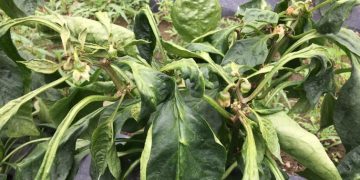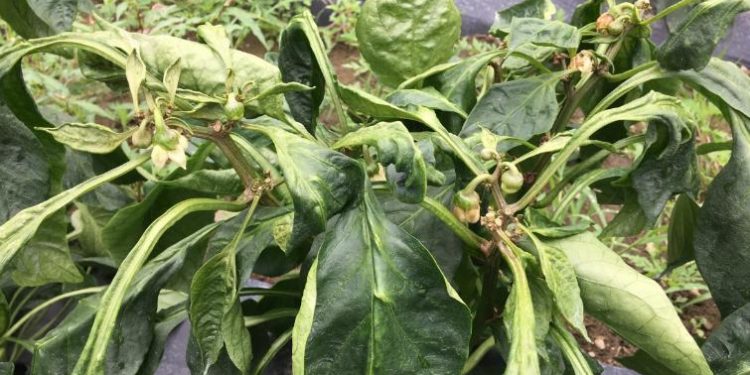The adoption of a range of cultural control measures will help to minimise potential pest pressure on crops and reduce the need for any regular intervention.
- Always start with clean propagating material and do not take cuttings from any infested mother plants
- Inspect any plant deliveries in a quarantined area and reject or isolate any infested batches of plants
- Sweep up plant debris and use a recommended biocide between crops
- Remove weeds from both cropping and non-cropping areas, as these can act as alternative hosts for many pest species, and maintain weed control during the season. Salix and willowherb are particularly susceptible to attack from two-spotted spider mite
- Promptly and carefully dispose of any crop debris, unmarketable plants and weeds. Place into sealed bags or covered containers, sited as far away from production areas as possible, before disposal.
There is no substitute for regular and careful crop walking, carried out by someone who has been trained to recognise the early symptoms of mite damage, the various mite species and their biological control agents. As mites do not fly, sticky traps are ineffective for monitoring mite outbreaks. Focus on known susceptible plant species or cultivars and inspect with a hand lens (at least x10 magnification) to confirm the presence of damage symptoms, mites or eggs. A lens is also useful when introducing biological control agents, to help assess the ratio of predators to prey. Record any monitoring and note pest mite hot spots, as mites like the two-spotted spider mite, broad mite and cyclamen mite can be carried on clothing.































